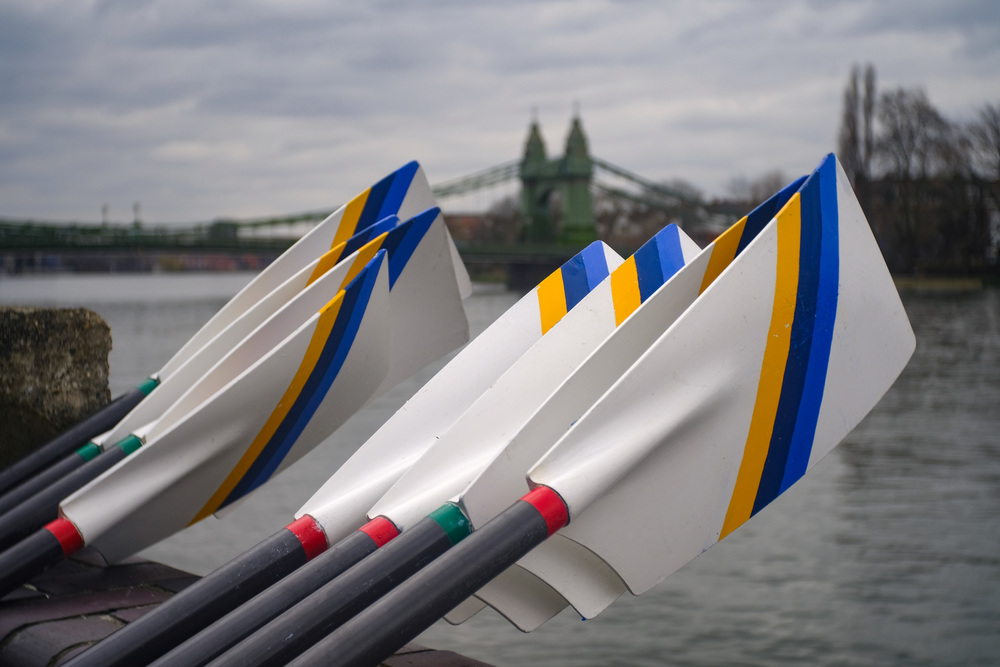
My old 81-year-old granny from Hessen, Frau Nickela Elmar, has got herself a new toyboy. Fuji-san is a strapping youth with muscles to die for, a memory to match and a set of new hybrid glasses straight from the computer age. Grandma always did have eclectic tastes. She met him on Tinder.
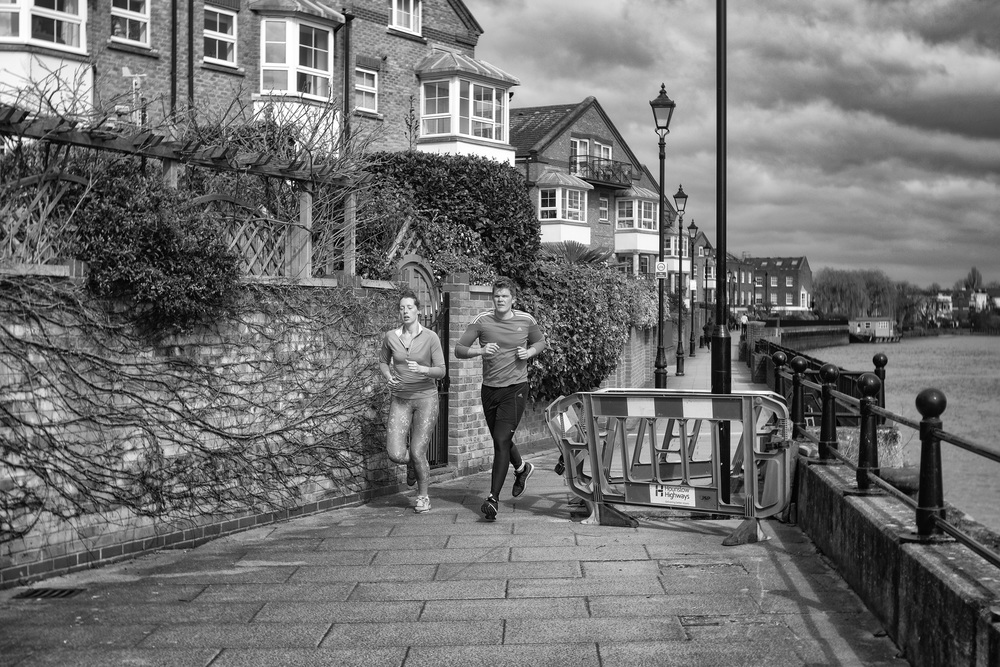
Can she keep up with the Fujimojo? I had to find out. So I married them up and took the honeymoon couple for a spin on a dull London Sunday (dullness was fortuitous because granny tends to flare up a bit in sunlight. She needs a new bonnet). It’s a long time since she went on her first Flitterwochen with grumpy old Grandpa Hektor just before the war.
Above: A visit to the Rutland Arms, including some indoor work for the old girl
Wakai Fuji was a bit puzzled by older focal lengths: “Maji kayo Oba-chan”, said young Fuji, “I thought you said you were a 35 and now you tell me you’re a 3.5”. I had to explain that in granny’s day they used centimetres when Fuji has been bred on millimetres. Even more confusing, granny blossoms into a 5cm (or 50mm in modern terms) when, ahem, coupled with the Japanese youth. All this was a bit confusing at first.
But let’s get down to some serious business. Why would anyone in their right mind slap an 81-year-old nickel-plated 3.5cm Leitz Elmar on Fuji’s finest, the X-Pro2? Well, apart from the obvious possibility that I might not be in my right mind, I did it because I could. There’s a whole arsenal of ancient and modern but serviceable Leica lenses out there, not to mention Leica-mount lenses from other manufacturers, all just waiting to be discovered and used.
Above: The devil is in the detail. This crop shows there’s a lot of life left in the Elmar
Frau Elmar needs an adapter, of course. In fact, she needs two because she is a screw mount (LTM) and needs a wafer-thin ring to convert her to Leica bayonet. Then there’s the Fuji X-M adapter to fix her to young Fuji.
I’m getting in deep waters now so I’ll drop the tortured analogy.
Well, I did it because I could; but also because it’s fun and I’m an inquisitive soul who asks himself difficult questions and then sets out to the find the answer.
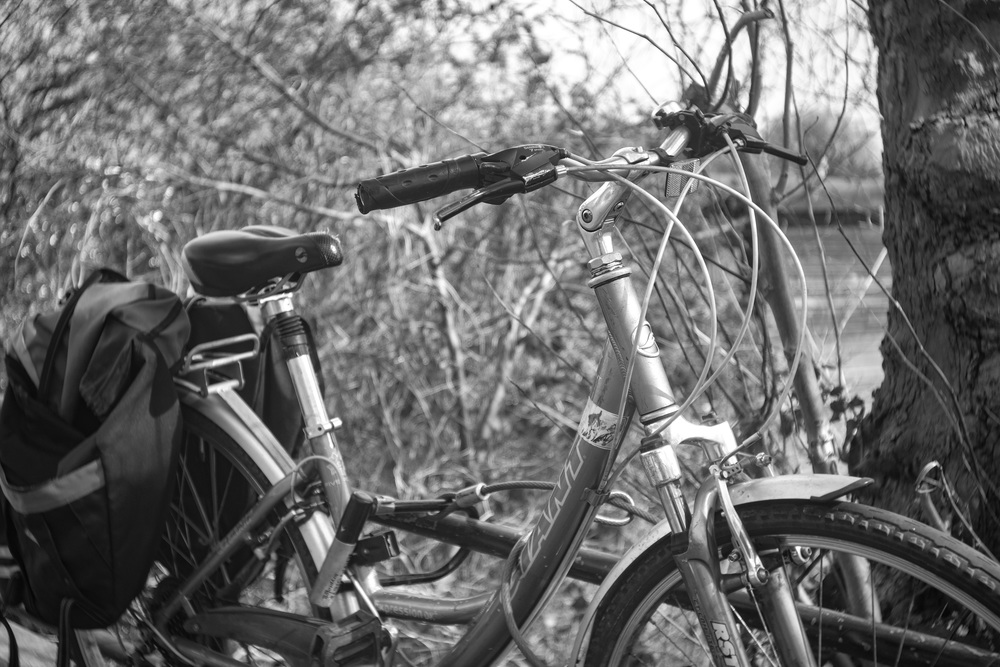
So what did I conclude? First, although this lens takes on the guise of a 50mm focal length when fitted to the APS-C Fuji, it acts more like the wide-angle it is. It has such a deep in-focus field, especially at f/6.5 or f/8, that the Fuji’s focus-peaking goes into overdrive over most of the frame, most of the time. This is a good little lens to use for street photography because if you set it to two or three meters you will have both nearby pedestrians and Mars in focus.
It’s a good idea, however, to hit the rear control ring to bring up the magnified view because the focus peaking fibs a bit. It is actually a bit overwhelmed and tells me everything is in focus when it is obviously not. For precise close focus at a fast f/3.5 it’s best to use your eyes and the enlarged view.
Soft corners? My colleague William Fagan makes the excellent point that while older lenses are often noted for softness in the corners, this is largely avoided when the lenses are mounted on a crop-sensor camera such as the Fuji X-Pro2. I am now minded to take out Granny together with my Leica M-P so see if there is a big difference in the rendering.
Have a look at the following six imagines. The top row was taken with the X-Pro2 and the new 35mm f/2 prime (Velvia, jpg). To the right of the full frame are crops to drill down the detail. On the bottom row is the same exercise but this time with Granny Elmar, still going strong after 81 years. She is clearly softer than the modern lens but, all things considered, this is a magnificent performance. Again this is a Velvia jpg.
The above two shots are the unprocessed RAW files referring to the gallery above. On the left is the shot from the Fuji with the Fujinon 35mm f/2. On the right, the result from the 3.5cm Elmar, with the blue sailing boats. The Elmar is noticeably softer, as you would expect, while the modern lens deals better with the far distance detail. The pictures were taken on different days so there would naturally be a difference in the sky colouring. In retrospect, the in-camera Velvia processing (which applied to both the original shots in the gallery) has not worked as well with the Elmar picture. Note the blue tinge in the sky and on the water (in the top gallery) which reader Stephen Jenner picked up on. This is not apparent in the RAW files and manual processing would certainly have produced a more attractive result
If you like the clinical approach of modern lenses from Fuji or Leica you will be surprised by granny Elmar. She belongs to an era when soft focus was valued. She’s also uncoated so flare is a constant problem in brighter conditions. Incidentally, she loves Lightroom’s new dehazing tool.
But this isn’t to say that this is not a superb little lens. Handled carefully it will provide atmospheric and attractive pictures. It is even surprisingly sharp at smaller apertures.
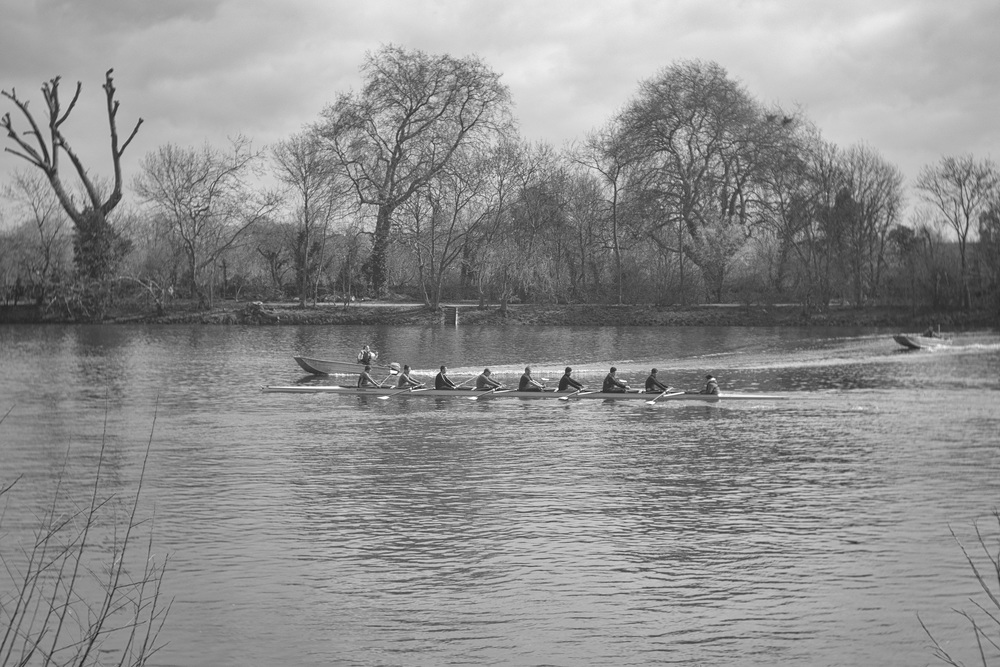
It has another very important attribute. It is miniscule. Unlike the 5cm Elmar, which has a collapsible barrel and has to be pulled out for action, this 3.5 is fixed and is tiny. Even on the Fuji, with the adapter (which is nearly as deep as the lens), it is small. On a Leica M it is positively invisible. Pack one of these if you want to get back to Leica’s roots and present your M240 as a compact II or III from granny’s time.
What’s more, these lenses are relatively cheap and will not lose you money. If anything they will go up in value if treated well. This particular nickel Elmar attracts a higher price than the more common chrome-plated version which you can buy for around £250. This lens was sold by Red Dot Cameras for £350. It cost £9 in 1935 and the chrome version was £9.5s.0d.
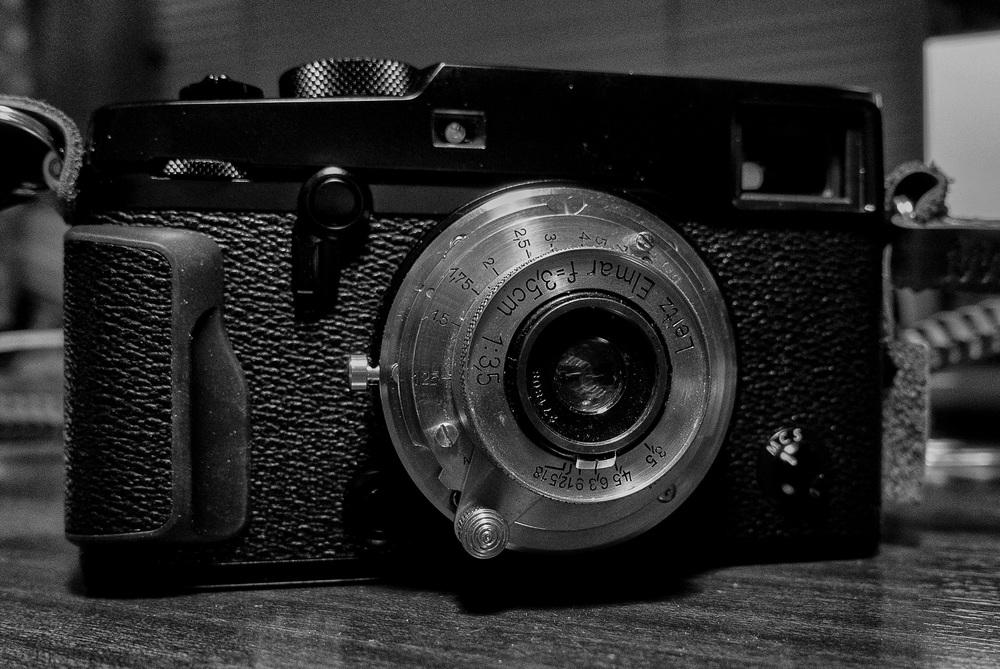
Fuji X-Pro2 supplied by Chiswick Camera Centre. Leitz Elmar 3.5cm in nickel supplied by Red Dot Cameras. Please mention Macfilos if contacting them.
- Subscribe to Macfilos for free updates on articles as they are published. Read more here
- Want to make a comment on this article but having problems? Please read this

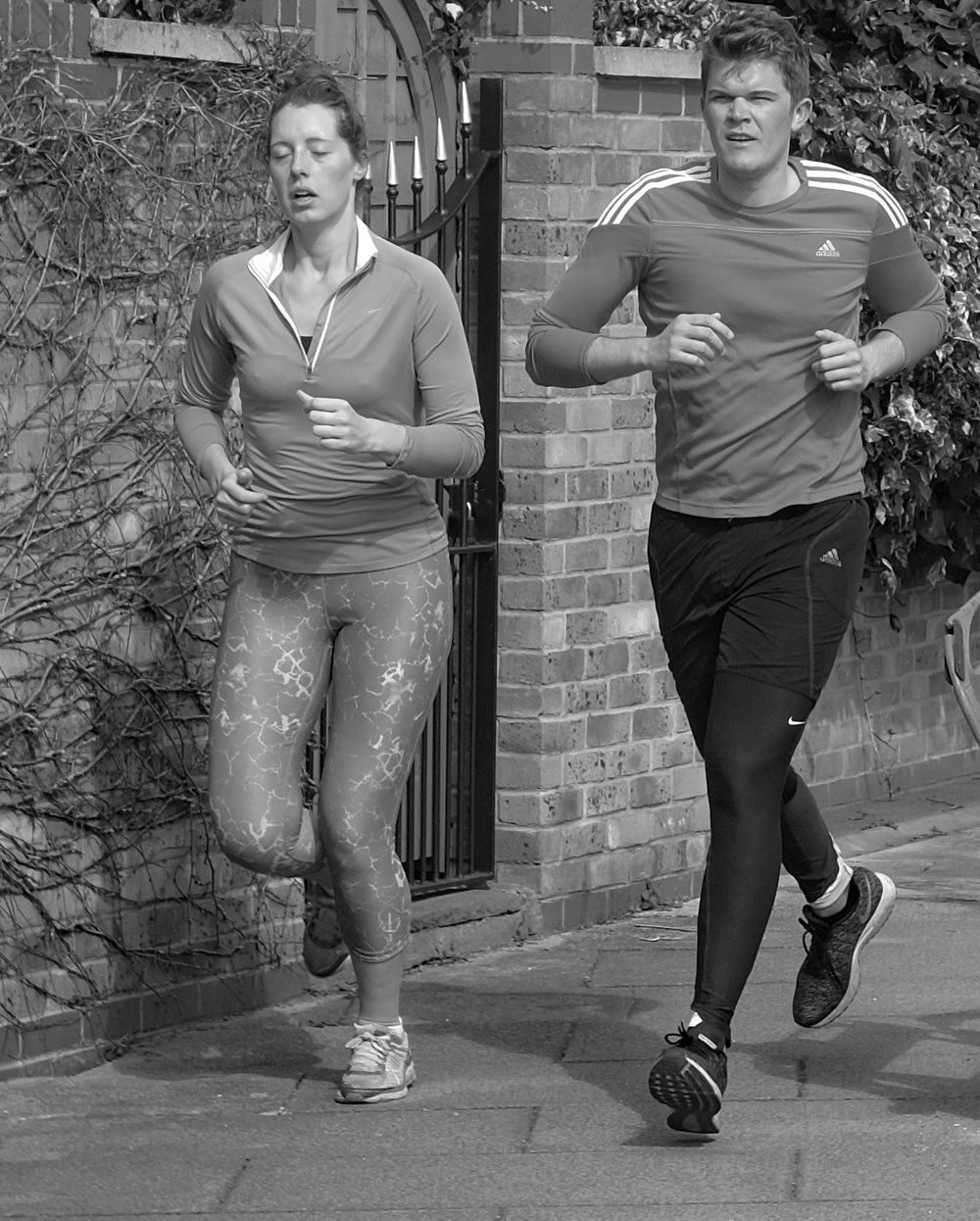
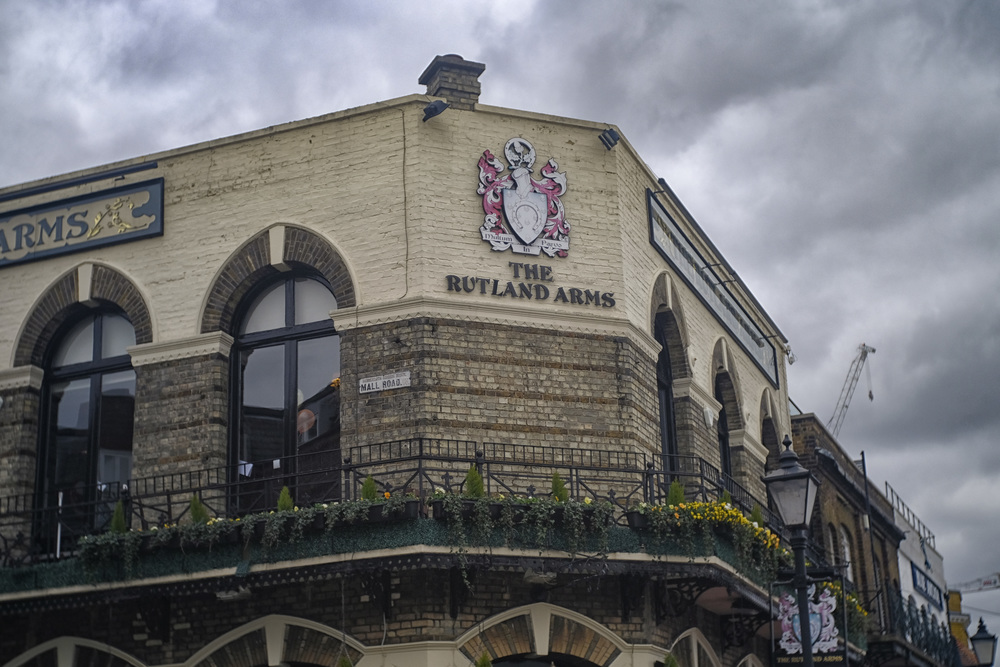
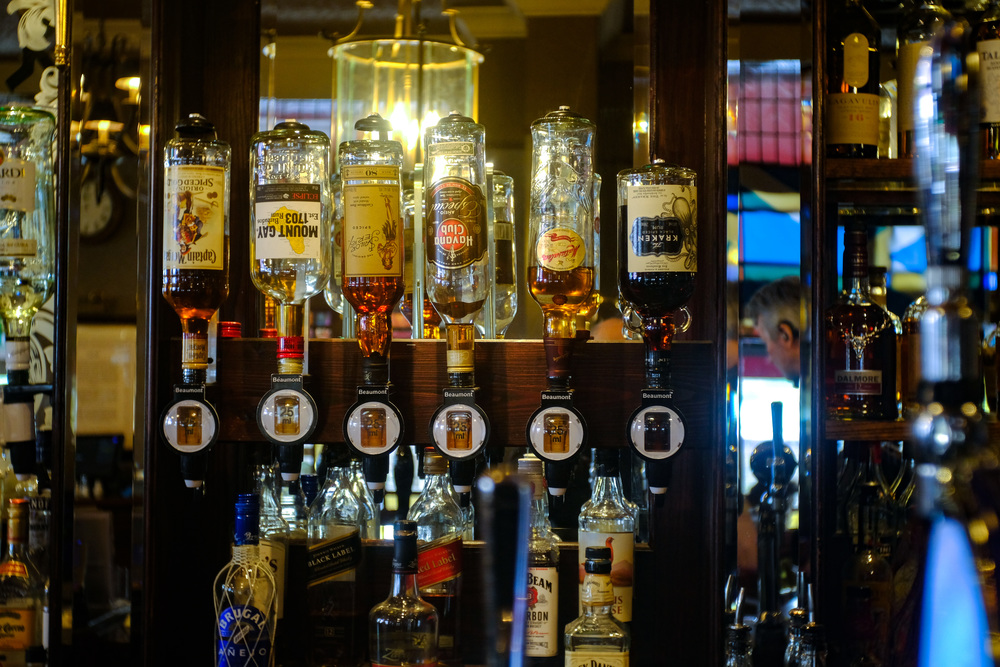
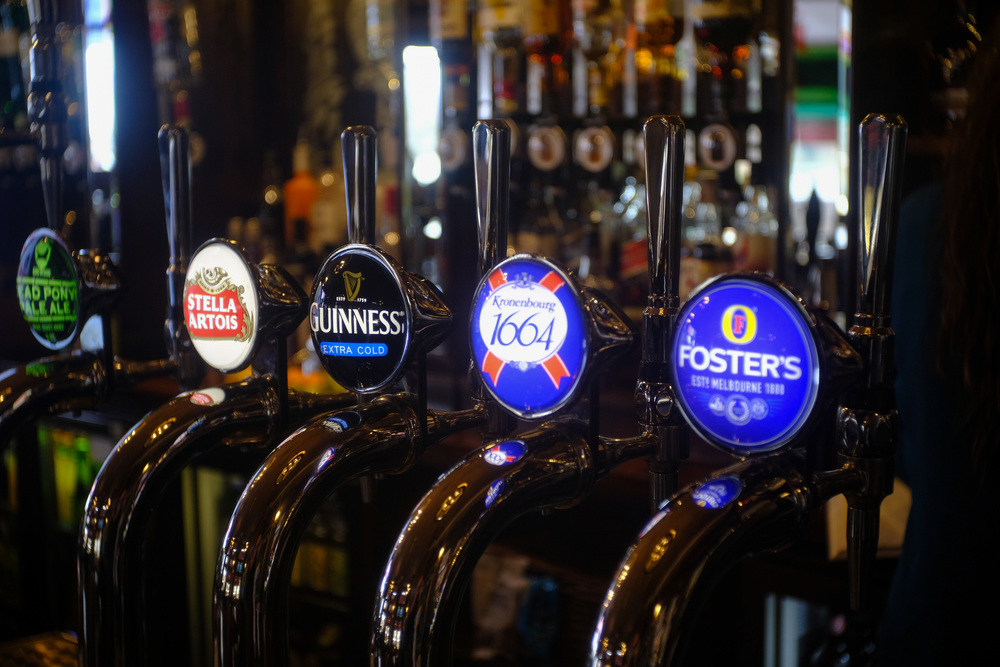
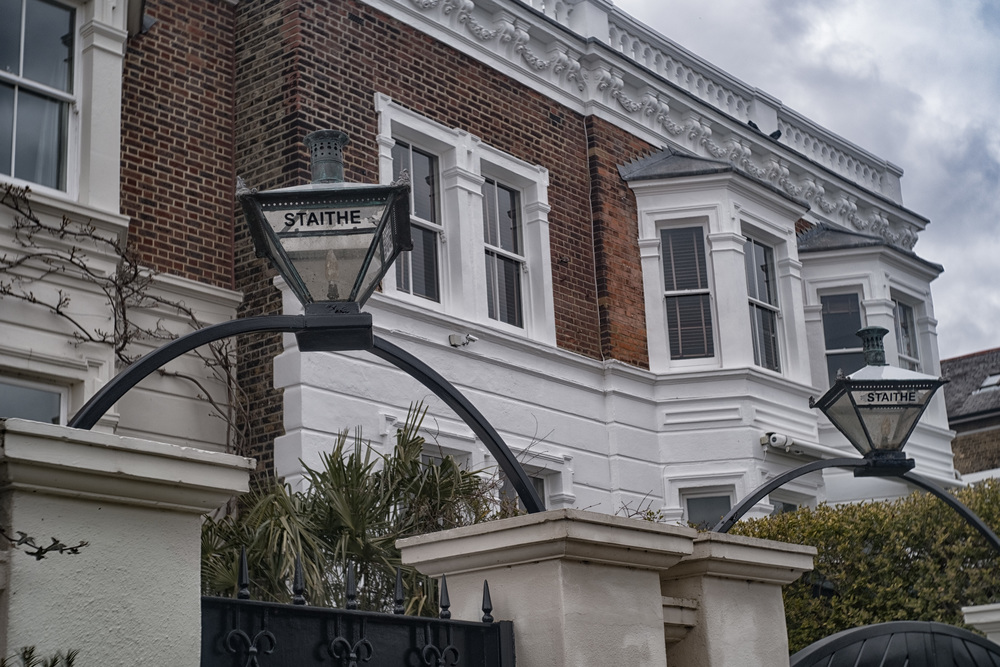
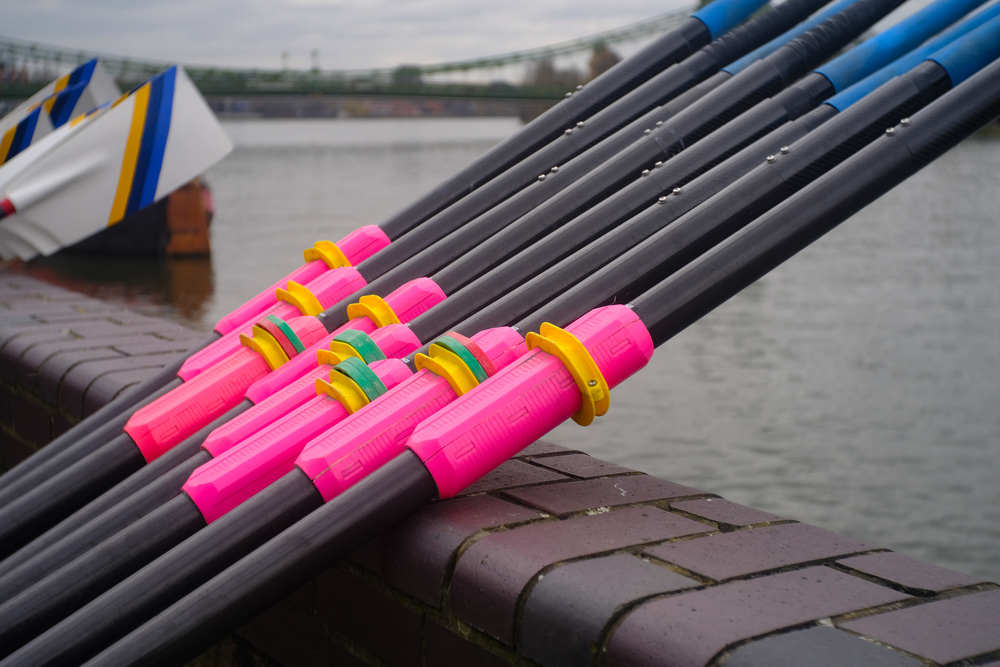
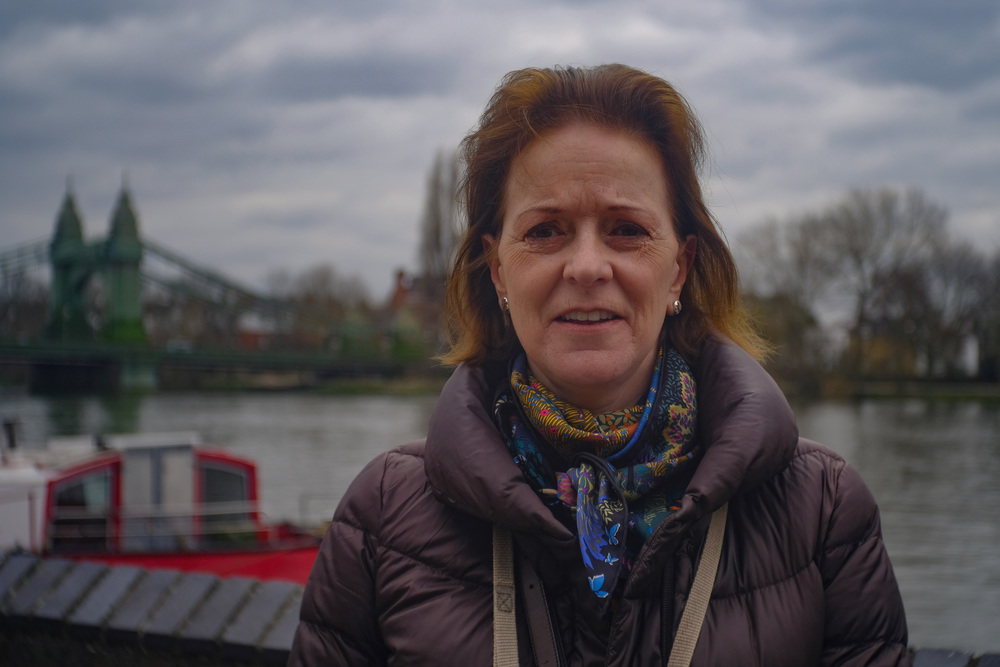
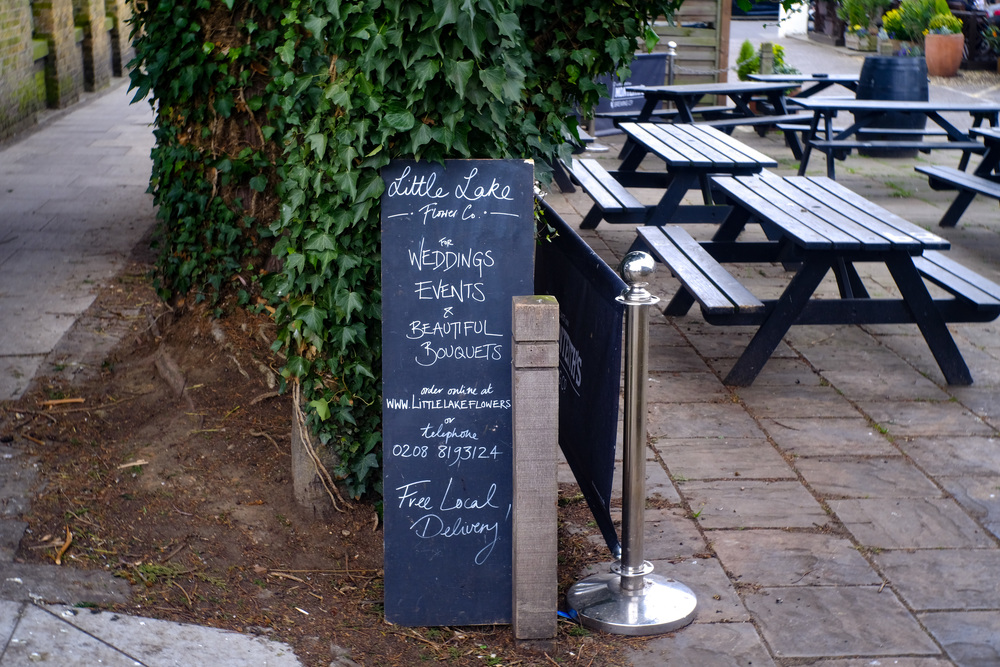
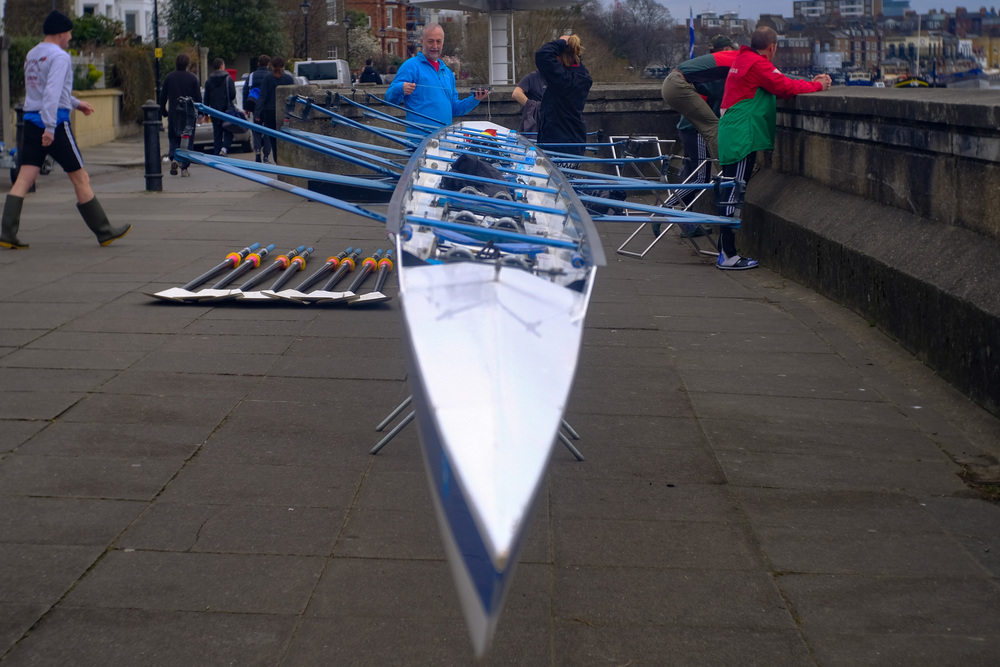
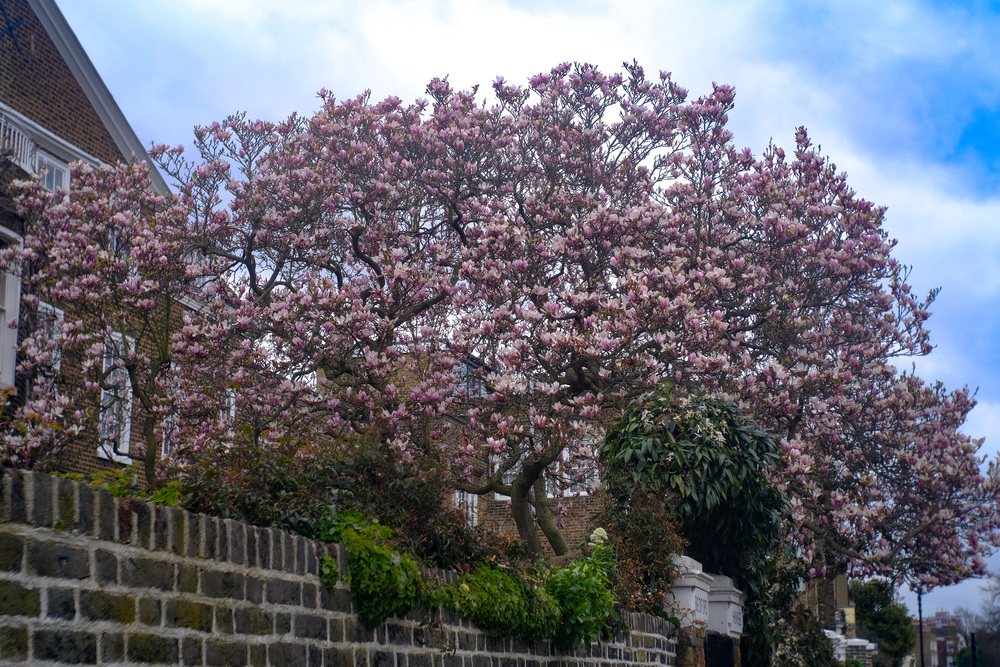
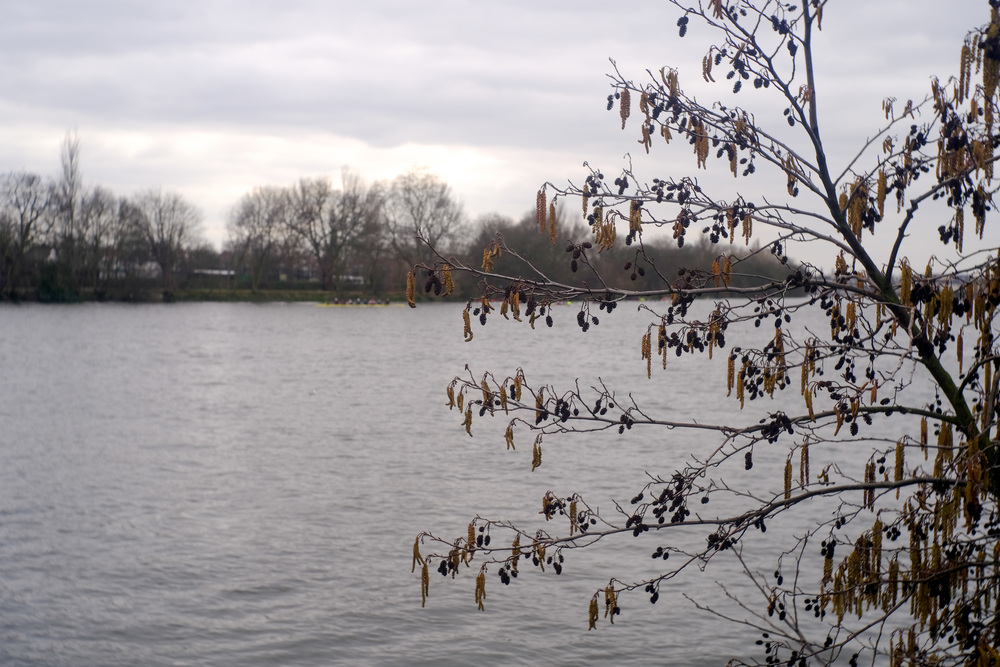
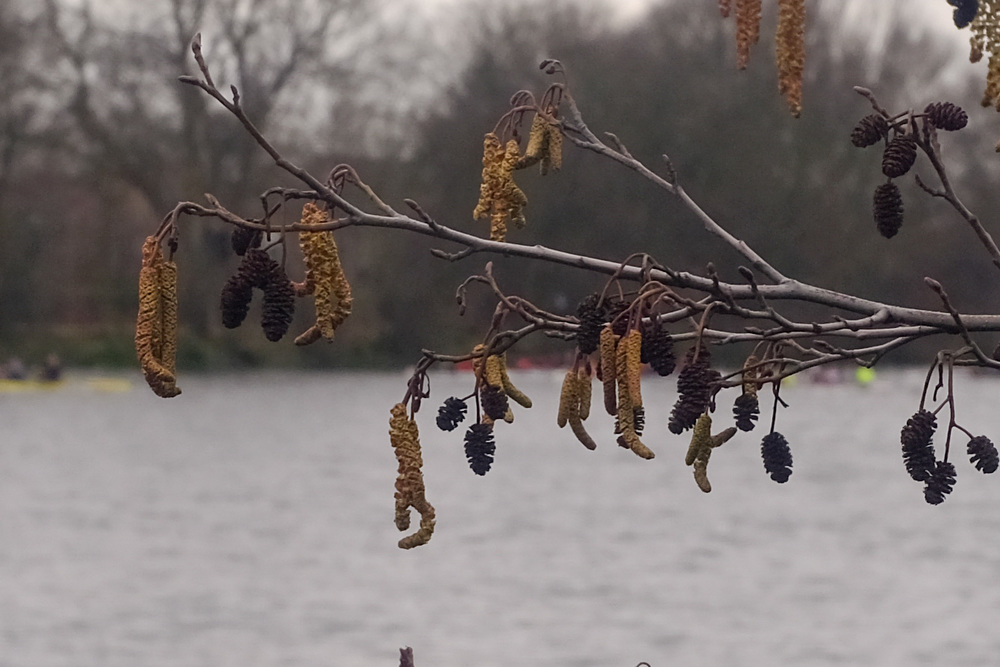
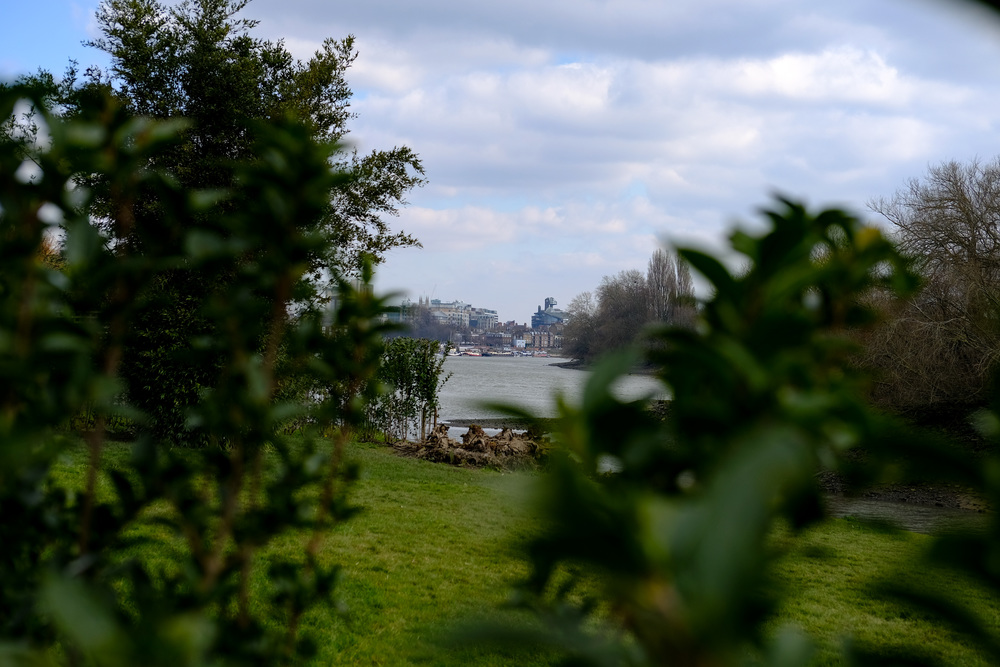
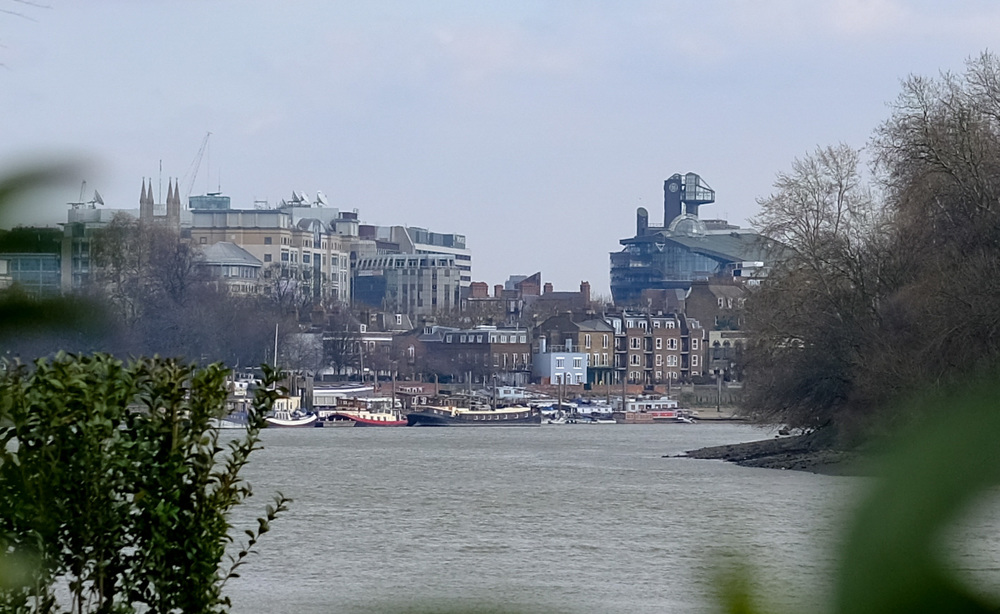
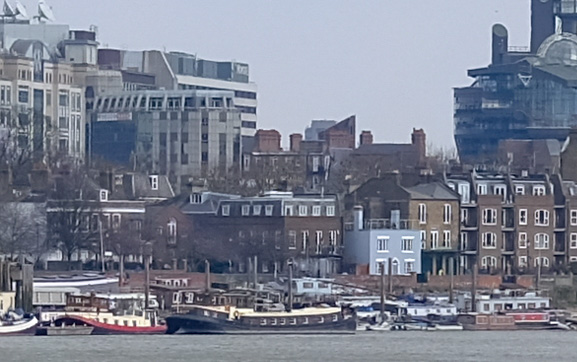
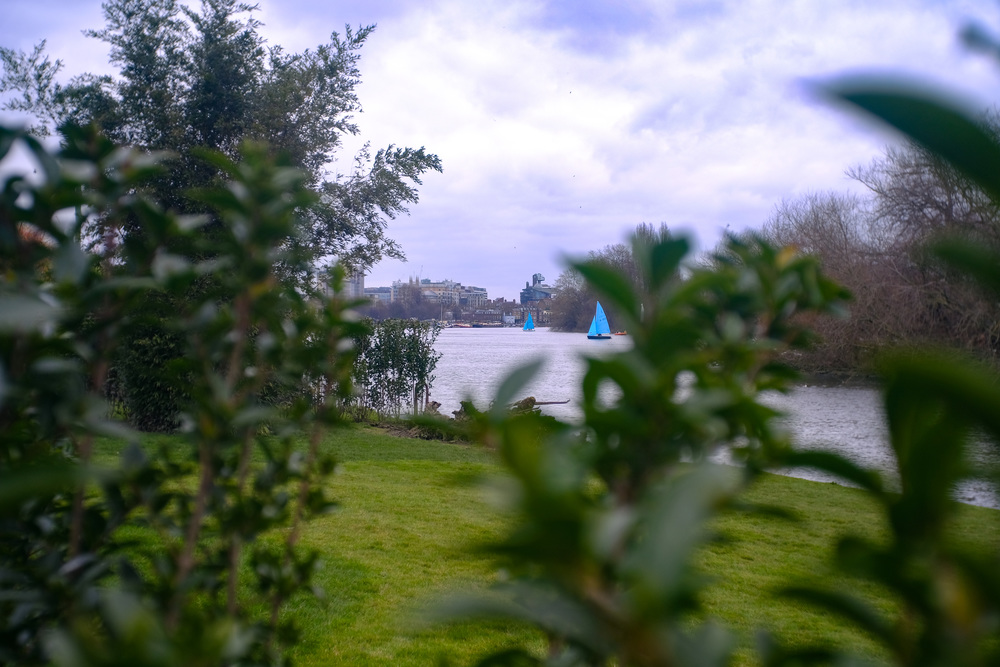
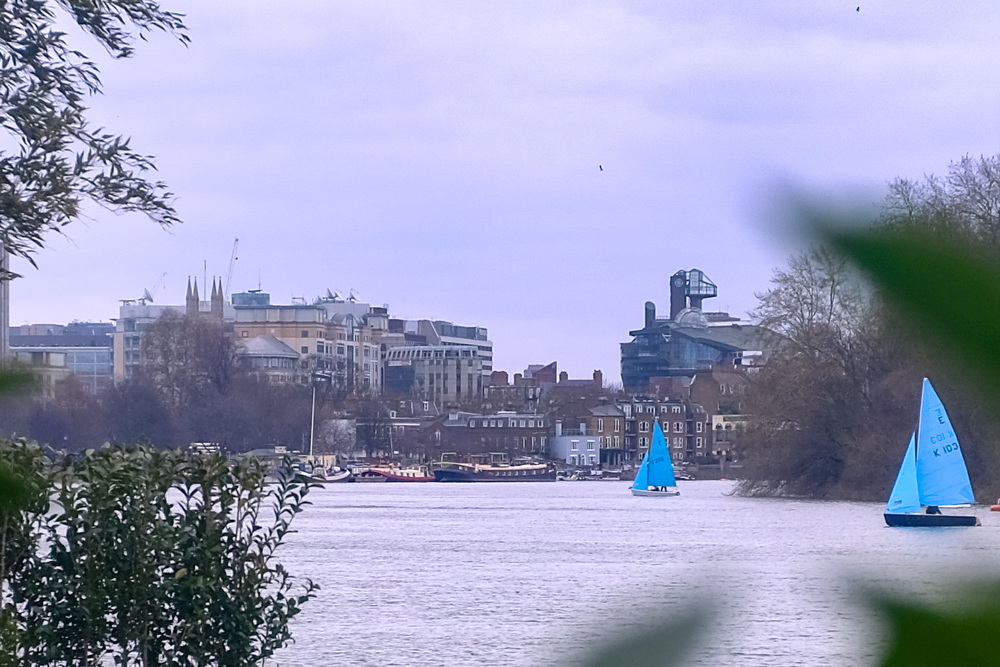
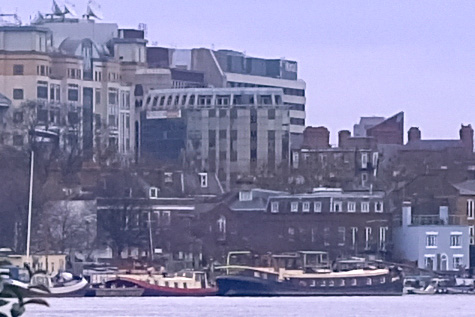
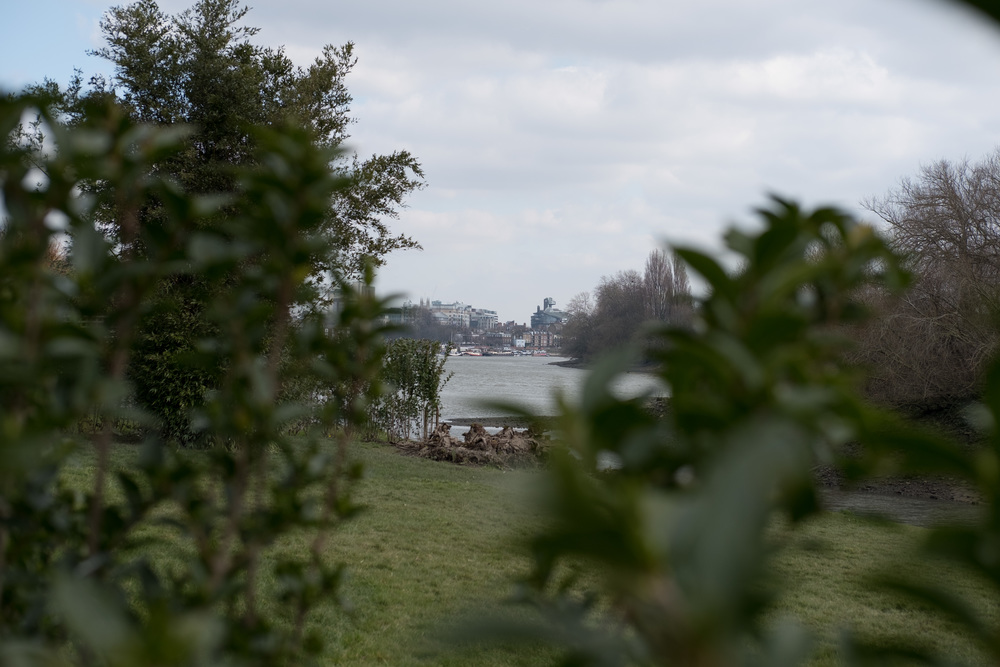
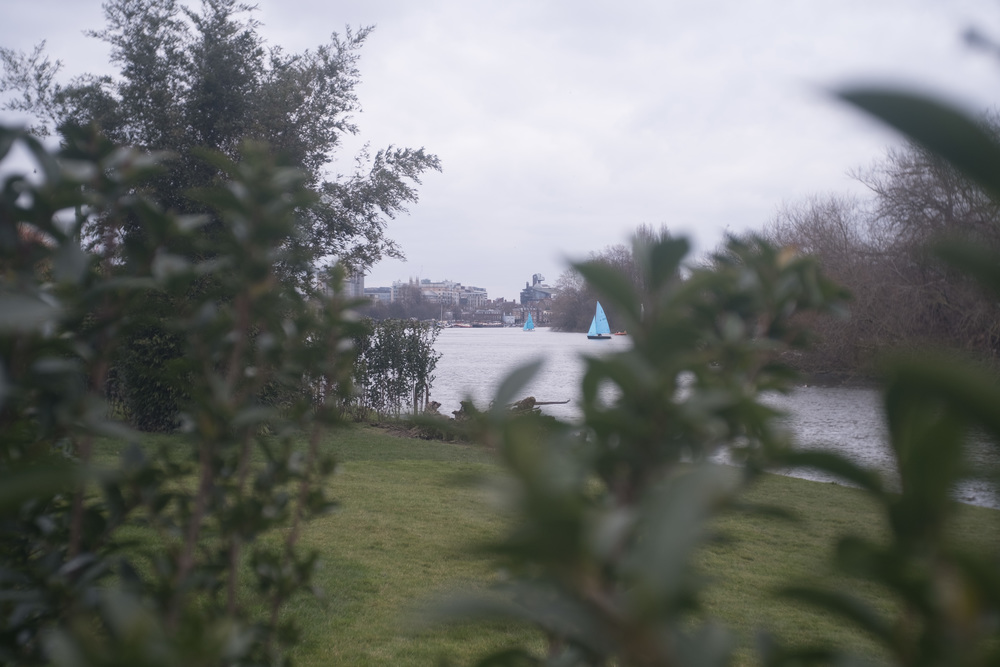
No need to send RAWs. It is good to see that some characteristics of the non coated lens from 1935 have ‘escaped’ the effects of the Fujfilm Jpeg processing. Granny Elmar did very well on her day out with Fuji-san. I hope that your article will encourage other photographers to do likewise. Many of today’s photographers are way too obsessed with sharpness and saturation. Old lenses can bring a whole range of different and equally valuable characteristics to the game.
William
It is hard to keep up with you, Mike, but I have to respond because I have been advocating the use of vintage Leica lenses on modern digital cameras on this and other websites. You get a ‘look’ which it is not possible to replicate with a modern lens, even using all of the software ‘toys’ that are available in Lightroom, Nik Filters etc. I find that old lenses work better on ‘crop frame’ cameras such as the Leica M8 or the Fujifilm X-Pro 2 because the cropping reduces the edge softness that inevitably comes from old designs. You will see this more clearly on so called ‘full frame’ cameras such as the Leica M 9 or M240 etc, etc.
To Stephen’s question, there could be a number factors at play here. Firstly, I don’t know whether you shot in Jpeg or RAW or what post processing you might have done. Fujifilm’s Jpegs are the class of the field but they do have that Fuji look about them. With RAWs, some camera manufacturers are applying some in-camera processing. The other day I compared the new Fujifilm 35mm f2 to the Leica Summicron 35mm f2 using RAW on the X-Pro 2 and I found that the Fujifilm lens gave warmer images and that the Leica lens had a more neutral look. This might have been down to lens coatings or, perhaps, the fact that the Fujifilm processing engine recognised its own lens but not the Leica one and so it applied ‘corrections’ to the former but not to the latter. Bill Palmer might have something to add on this. For what it is worth, both lenses were pretty much on a par IQ-wise, which is quite a tribute to the Fujifilm lens considering the ‘legendary status’ of its Leica equivalent.
Going back to ‘Granny Elmar’ from 1935, the fact that the lens is uncoated will natively produce a much more neutral look which I like as much as the saturated look that we are all ‘trained’ to like nowadays. That being said, some of the photos above, such as the oars and the pub beer signs, look quite saturated for such an old uncoated lens. I wonder were they shot in Jpeg or were they subject to post processing? Certainly using film or shooting in RAW on a digital Leica M will give a lovely period desaturated look when old uncoated lenses are used.
William
William,
Stephen also raised a query over the background of some of the photographs in the above story. So I thought it would be good to clarify.
All pictures but one were taken through the old Elmar lens. The exception is the comparative landscape shot and the two accompanying crops which were the work of the 35mm f/2 Fujinon.
Of the Elmar shots, all are jpgs, either Velvia colour to standard B&W. A couple, where mentioned o think, were run through Silver Efex Pro.
All in all, I was surprised by the colour rendition although, as you point out, it might have been better to avoid in-camera processing. I do have all the shots available in RAW if you would like to look at any specific frames.
Thanks for this and your other comments on this subject. As usual, full of insight and sensible. I’m a bit behind responding today because I was at the photography show and then at another photo club meeting this evening. I need a rest.
How did the river look when you took those pictures Mike? Was it grey as in the Fuji shots, or blue as in the Elmar shots?
I am guessing that it is the Elmar that has had a strange effect on the river… But in general it holds up pretty well, doesn’t it?
All the shots were on the Elmar. Just some in colour, others B&W. I hope that is clear.
????
Your quote Mike: "Have a look at the following six imagines. The top row was taken with the X-Pro2 and the new 35mm f/2 prime. To the right of the full frame are crops to drill down the detail. On the bottom row is the same exercise but this time with Granny Elmar, still going strong after 81 years. She is clearly softer than the modern lens but, all things considered, this is a magnificent performance."…
Que?
Oooh-er missus… Just read your reply to William… My apols.
However, the question remains… Was the Fuji shot a jpeg too?
Michael, thanks for the clarification… The important thing that I needed to know, that was not obvious… The two pictures were taken on different days!
In which case that Elmar really does put up a good fight against the brandy noo Fuji…
It also looks like it is neat to use on a half frame digital camera, to deal with the soft edges as William suggests.
Indeed, William has hit the nail on the head. A crop frame sensor uses the centre of the full-frame lens which, in the case of the Elmar, is its beat facet. He sort corners should be more obvious when the lens is used on a Leica M. You know what, you’ve given me another task: Repeating this stuff the the M-P.